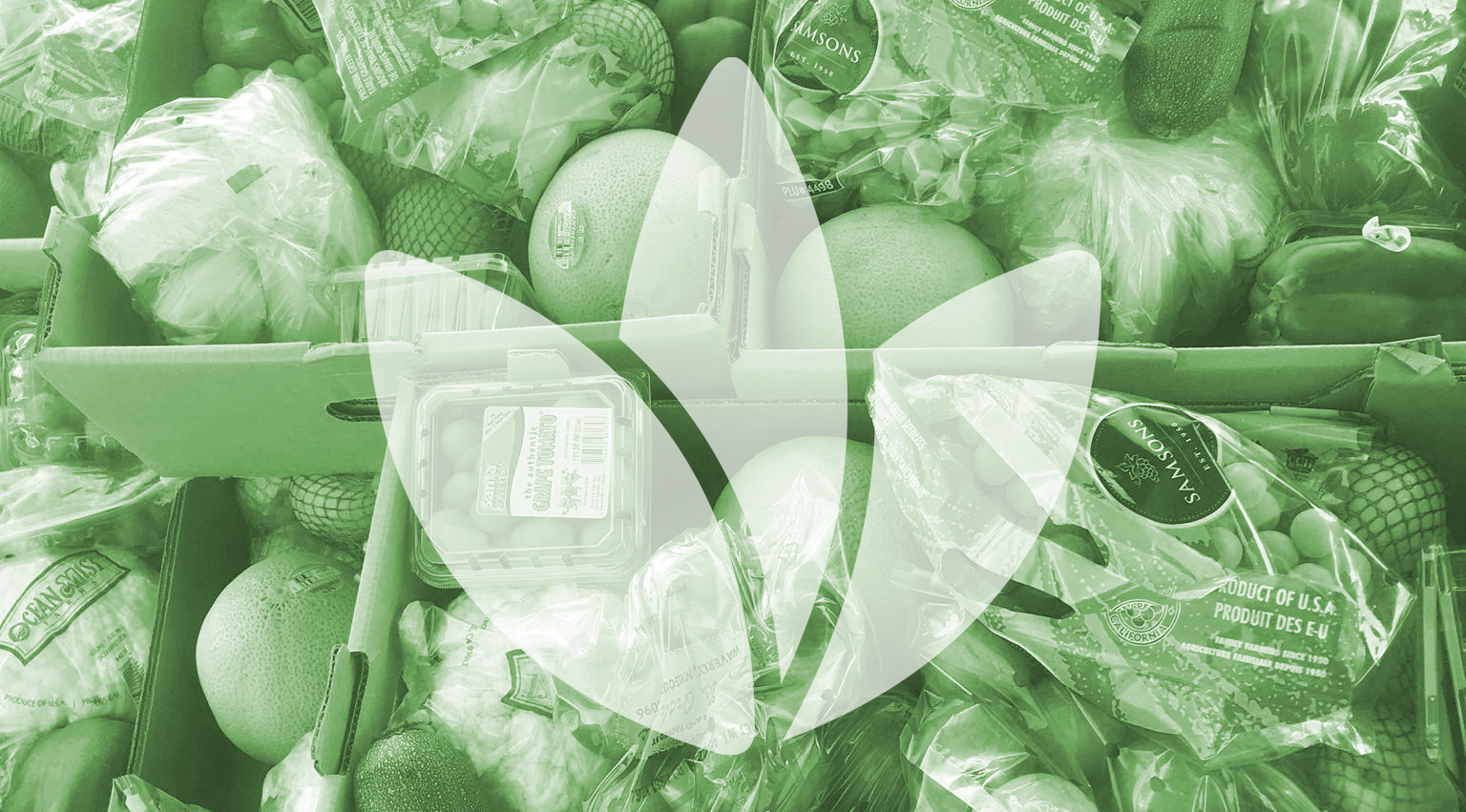Approaches to Food Distribution: More Than a Hand-Out

Nathan Mayo
Network Director
Read more from Nathan
Feeding the hungry is one of the oldest forms of charity and seems like it should be simple. However, as many know from years of practice, even when food is collected, stored, and distributed efficiently, it still may not reduce dependency or change lives.
The good news is that there are innovative approaches to solve the issues created by the standard hand-out model. Check out the eight food security models below and see which you’re familiar with and which surprise you.
Organization-Based Approaches
These approaches require active management and staffing by an organization, such as a church or non-profit. These approaches are required when a portion of the target population served is not rooted in a community, such as migrant workers or the homeless.
Controlled Giveaway Models: Whenever something is free, you can be sure that there will be a lot of demand for it. To solve this excess demand for food, the default model is restricting your clients by some attribute, most often income. Many food distribution centers also limit the amount of times their services can be used in each month or year or network digitally with other non-profits using a tool like Charity Tracker to ensure that clients are not using services excessively. The downside of the controlled giveaway model is that it tends to emphasize your client’s problems rather than their assets and abilities. It also requires walking a fine line between the extremes of making food available with no questions and fostering long-term dependence or “laying down the law” to prevent abuse and creating an adversarial relationship with those you are trying to help.
Controlled Giveaway with Relationships: This modification of controlled giveaways improves the results, fostering engagement with clients by volunteers and staff on a personal level. This could look like a standard meeting with a caseworker or volunteer to discuss broader needs and track a client’s situation over time. If the meals are served on-site, volunteers and staff might eat with client and intentionally engage them in conversation. The personal connections have the potential to identify and resolve deeper needs
 Exchange or “Earn-it” Models: These models ask the clients to contribute something in exchange for what they receive. It also naturally reduces the number of people interested to only those with true need, and it means you can eliminate bureaucratic check-in processes while still knowing that you are helping the right people in the right way. Your staff and volunteers do not need to have adversarial relationships with clients. If clients earn food, they receive it, and there is no reason to begrudge them the fruits of their labor.
Exchange or “Earn-it” Models: These models ask the clients to contribute something in exchange for what they receive. It also naturally reduces the number of people interested to only those with true need, and it means you can eliminate bureaucratic check-in processes while still knowing that you are helping the right people in the right way. Your staff and volunteers do not need to have adversarial relationships with clients. If clients earn food, they receive it, and there is no reason to begrudge them the fruits of their labor.
Clients can be challenged to participate in the delivery process by sorting donations, cleaning up, or serving food. They can work in a social enterprise that generates revenue for charity, like a thrift shop or upcycling shop, or something that adds value to the community, such as a community clean-up. Alternatively, you can ask clients to participate in something that directly benefits them, like setting (and achieving) personal goals or attending classes, preferably those that require them to complete a growth task, such as a budget or a resume, rather than merely attend.
 Organized Gleaning: Farmers routinely leave 10% or more of usable crops in the fields for technical and market reasons. Farmers will often allow volunteers to harvest those remaining crops for a charitable purpose, like donating to a food pantry. Because the decision is up to the farmer, there is no reason why you could not convince a farmer to allow people from a lower socioeconomic community to pick the remaining crops for their own use or resale, most likely in an organized event, incorporating volunteers as well. This is a great way to literally implement the biblical mandate which required ancient Hebrew farmers to leave some crops in the field for the poor but required the poor to harvest them themselves, rather than having the farmer harvest all of his crops and give the poor a portion (Leviticus 19:9).
Organized Gleaning: Farmers routinely leave 10% or more of usable crops in the fields for technical and market reasons. Farmers will often allow volunteers to harvest those remaining crops for a charitable purpose, like donating to a food pantry. Because the decision is up to the farmer, there is no reason why you could not convince a farmer to allow people from a lower socioeconomic community to pick the remaining crops for their own use or resale, most likely in an organized event, incorporating volunteers as well. This is a great way to literally implement the biblical mandate which required ancient Hebrew farmers to leave some crops in the field for the poor but required the poor to harvest them themselves, rather than having the farmer harvest all of his crops and give the poor a portion (Leviticus 19:9).
Community-Based Approaches
These models are more labor-intensive to implement but, where possible, they most directly contribute to liberating people from dependency. Many of these models can evolve to the point that they are mostly or fully sustained by their clients.
 Bulk Buying Club (Food Co-op): In a bulk buying cooperative, local clients pay regular dues (as low as $5 a week) and their money is compiled to buy food at a bulk discount or from a food bank. A committee of the members run regular meetings and purchase and divide up the food. This approach encourages relationship building, provides a natural avenue for classes on nutrition and cooking, and completely avoids the antagonism of controlled giveaway models. The clients pay the dues, set the rules, build the relationships, and reap the benefits of working together.
Bulk Buying Club (Food Co-op): In a bulk buying cooperative, local clients pay regular dues (as low as $5 a week) and their money is compiled to buy food at a bulk discount or from a food bank. A committee of the members run regular meetings and purchase and divide up the food. This approach encourages relationship building, provides a natural avenue for classes on nutrition and cooking, and completely avoids the antagonism of controlled giveaway models. The clients pay the dues, set the rules, build the relationships, and reap the benefits of working together.
 Community Garden: This concept is well-established among hobbyists but also has the potential to be beneficial to people in a poor community. It generates fresh food and relationships, as well as encourages exercise and spending time in green spaces outdoors – all of which are beneficial to mental and physical health. In this model, you work with people in a community to develop their own garden plots in some common piece of land, perhaps owned or leased by a non-profit. You can require either a plot fee, work to be completed in common areas, or both to make the project more sustainable. This model only feeds people when crops are in season but, when coupled with a class on canning and preserving produce, it could provide year-round benefits.
Community Garden: This concept is well-established among hobbyists but also has the potential to be beneficial to people in a poor community. It generates fresh food and relationships, as well as encourages exercise and spending time in green spaces outdoors – all of which are beneficial to mental and physical health. In this model, you work with people in a community to develop their own garden plots in some common piece of land, perhaps owned or leased by a non-profit. You can require either a plot fee, work to be completed in common areas, or both to make the project more sustainable. This model only feeds people when crops are in season but, when coupled with a class on canning and preserving produce, it could provide year-round benefits.
<div “>![]() Learn More: A guide to creating a community garden
Learn More: A guide to creating a community garden
Farmer’s Market: There is good evidence that people in low-income communities are willing to buy produce from a farmer’s market – if the food comes to them. You may be able to convince farmers from your local area market to spend a day each month in a low-income community. Alternatively, if you live in a rural area, you may be able to create a farmer’s market that incorporates volunteers or church members willing to sell produce from their own gardens. You could also couple a farmer’s market with a community garden or gleaning for extra impact.
A New Grocery Store: New evidence suggests that “lack of access” is not a primary driver of food insecurity or unhealthy eating habits. Consequently, merely convincing a grocery store to open within a poor community is unlikely to have a large impact. However, physical store models that involve securing community buy-in, along with education, can have a positive impact on food security and health. There are resources to help you create Food Co-ops, which are different from bulk buying clubs, in that they are physical stores owned by the members of the community. There are a handful of organizations that have created non-profit grocery stores in poor communities, which include an education component, but very few survive. A more successful concept is a mobile grocery/fresh produce truck that moves its location daily.
(Please note that external links are shared to be helpful, but we cannot fully endorse views on external sites.)
Interested in learning more about this empowering alternative to the traditional handout model? Our Food Co-op Model Action Plan (MAP) provides a detailed explanation of this model along with steps on how to establish a food co-op or transition an existing food pantry to this innovative model



